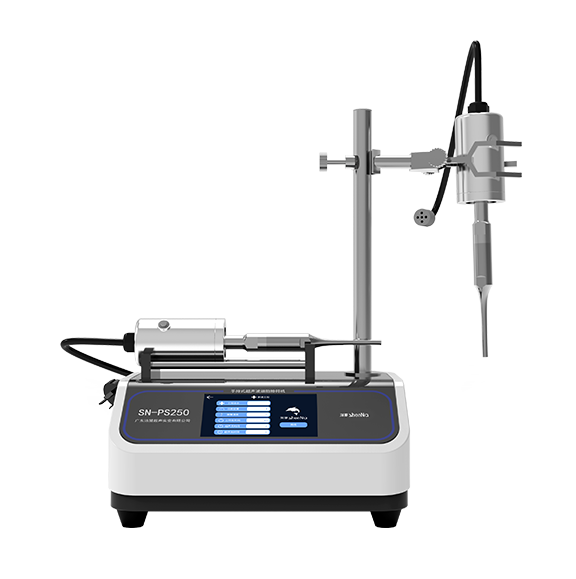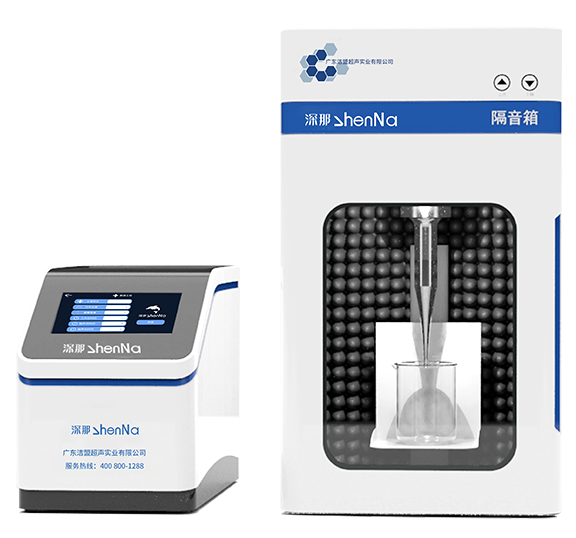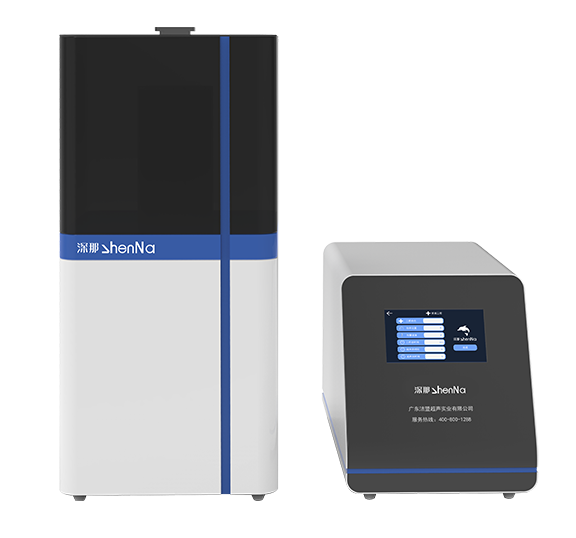-

Handheld cell disruptor
The handheld cell disruptor is an ultrasonic processing instrument used in laboratories and multiple scenarios. It is small in size and easy to carry. It is convenient for temporary processing and can safely process various organic and inorganic materials. Typical applications include nanotechnology (production of nanoparticle materials and graphene dispersions), cell lysis, sample preparation, homogenization, ChIP analysis, emulsification, disaggregation, and applications in the field of sonochemical processing.
Explore more -

Single channel cell disruptor
The Single Channel Cell Disruptor is an ultrasonic device for laboratory and small batch liquid handling applications that safely handles a wide range of organic and inorganic materials. Typical applications include nanotechnology (production of nanoparticle materials and graphene dispersions), cell lysis, sample preparation, homogenization, ChIP analysis, emulsification, disaggregation, and applications in sonochemical processing.
Explore more -

Multi-channel cell disruptor
The Multichannel Cell Disruptor is an ultrasonic device for laboratory and small batch liquid processing. It can safely handle a variety of organic and inorganic materials. Typical applications include nanotechnology (production of nanoparticle materials and graphene dispersions), cell lysis, sample preparation, homogenization, ChIP analysis, emulsification, disaggregation, and applications in the field of sonochemical processing.
Explore more -

Non-contact cell disruptor
It is specially designed for the pre-treatment of second-generation sequencing DNA samples and chromatin immunoprecipitation experiment samples. Compared with the traditional probe-contact ultrasonic cell crusher, the non-contact sample can be crushed in a sealed container without generating infectious mist. The ultrasonic probe does not contact the sample to avoid cross contamination.
Explore more
Home
-
About us
-
Product
-
Ultrasonic Cleaner
Desktop Silent Ultrasonic Cleaner
Constant temperature ultrasonic cleaning instrument
Single tank floor type ultrasonic cleaner
-
Cell disruptor
-
Stepped vibrator
Energy-concentrating constant temperature ultrasonic extractor
-
Plasma treatment equipment
-
Non-standard customization
-
-
Application
-
Service
-
News
-
Contact Us









